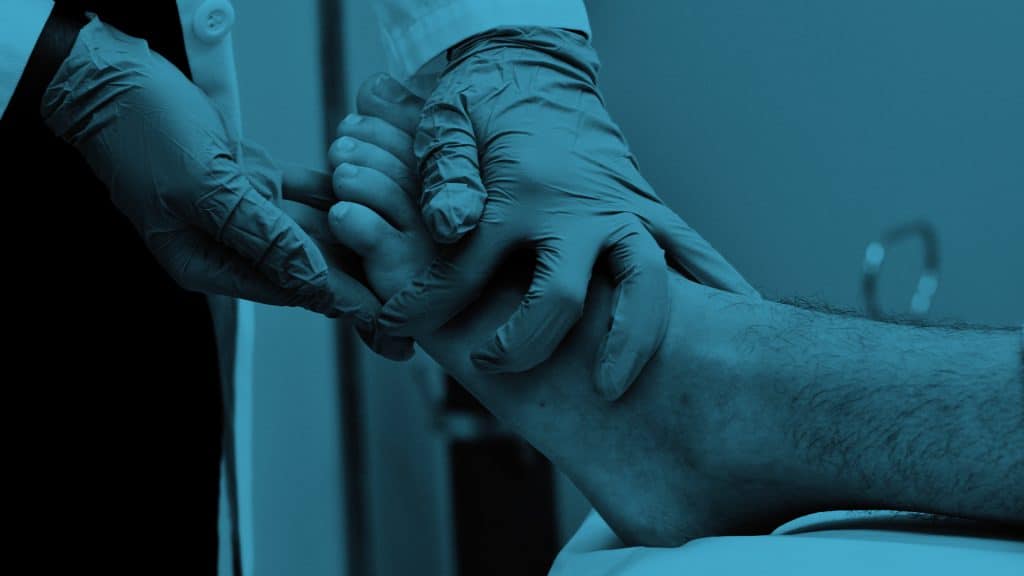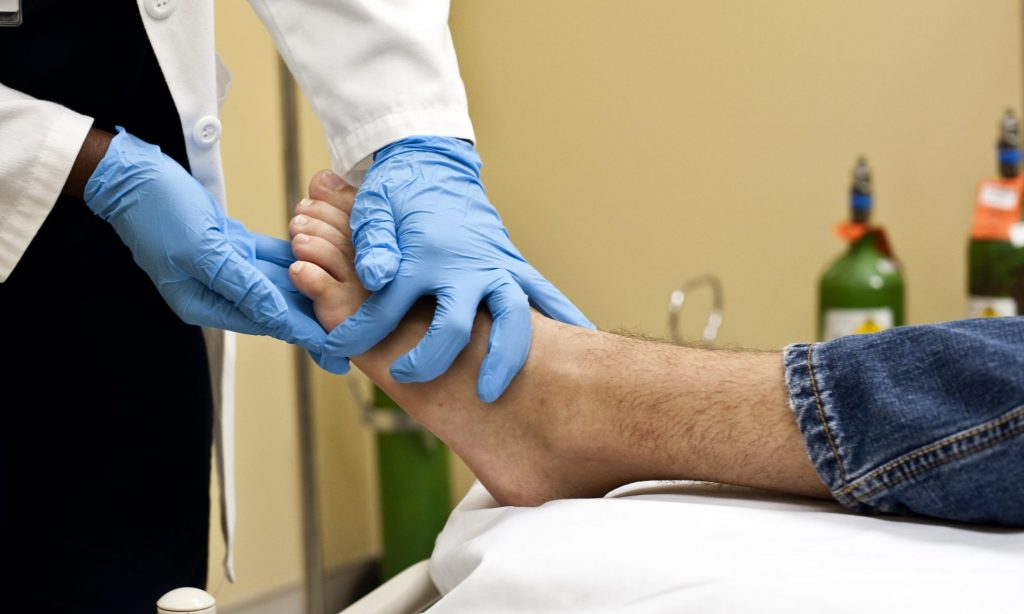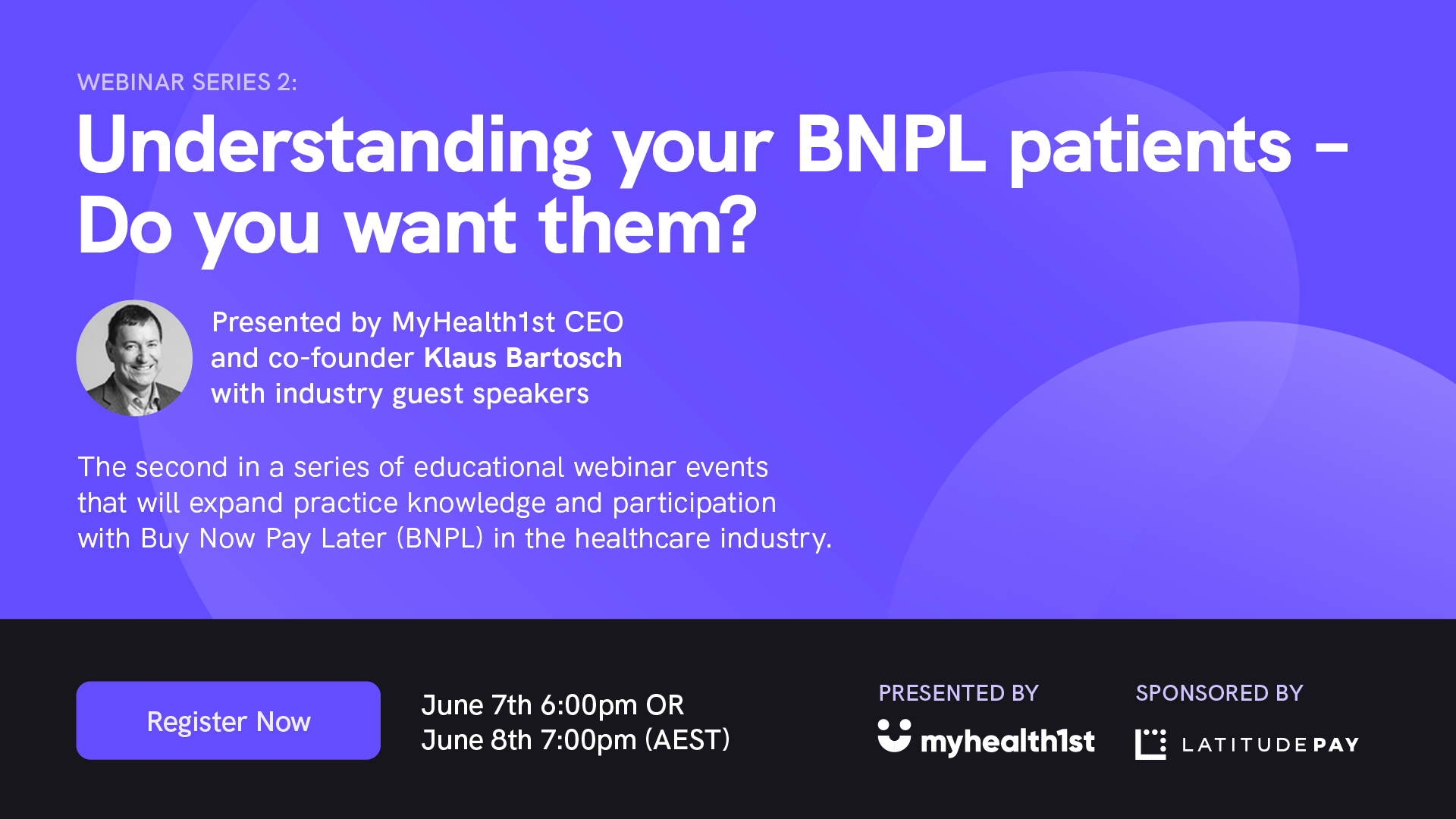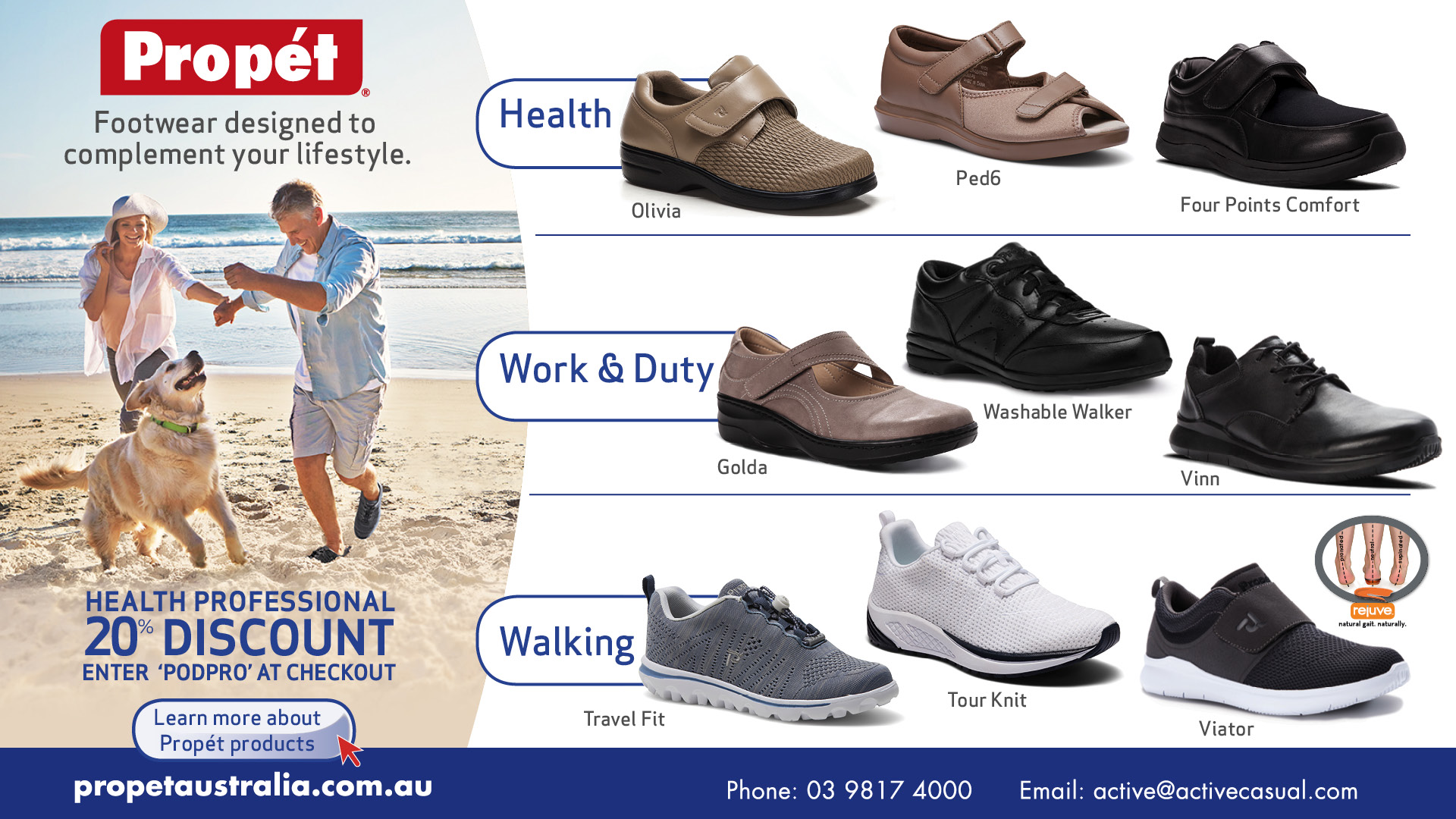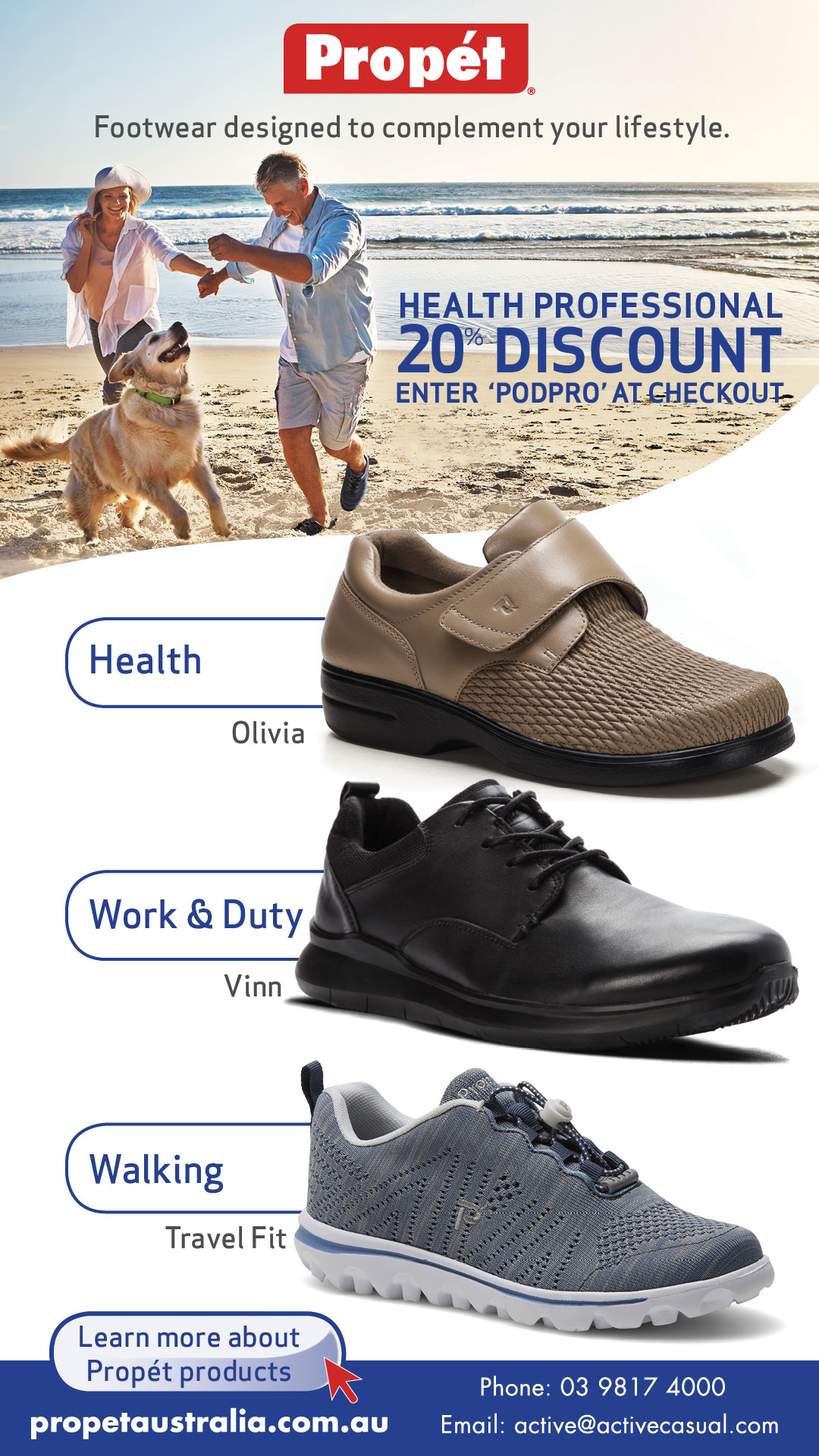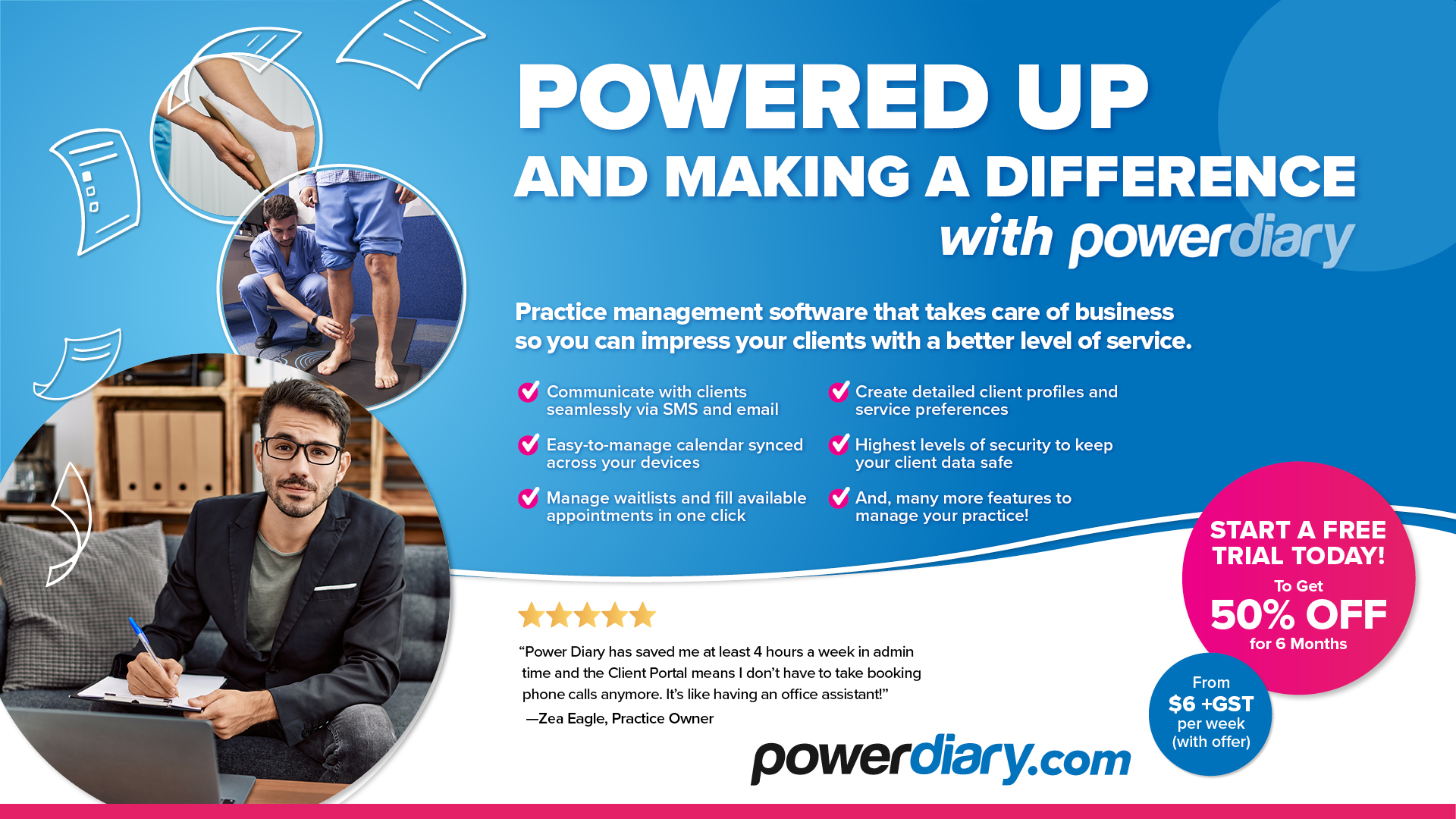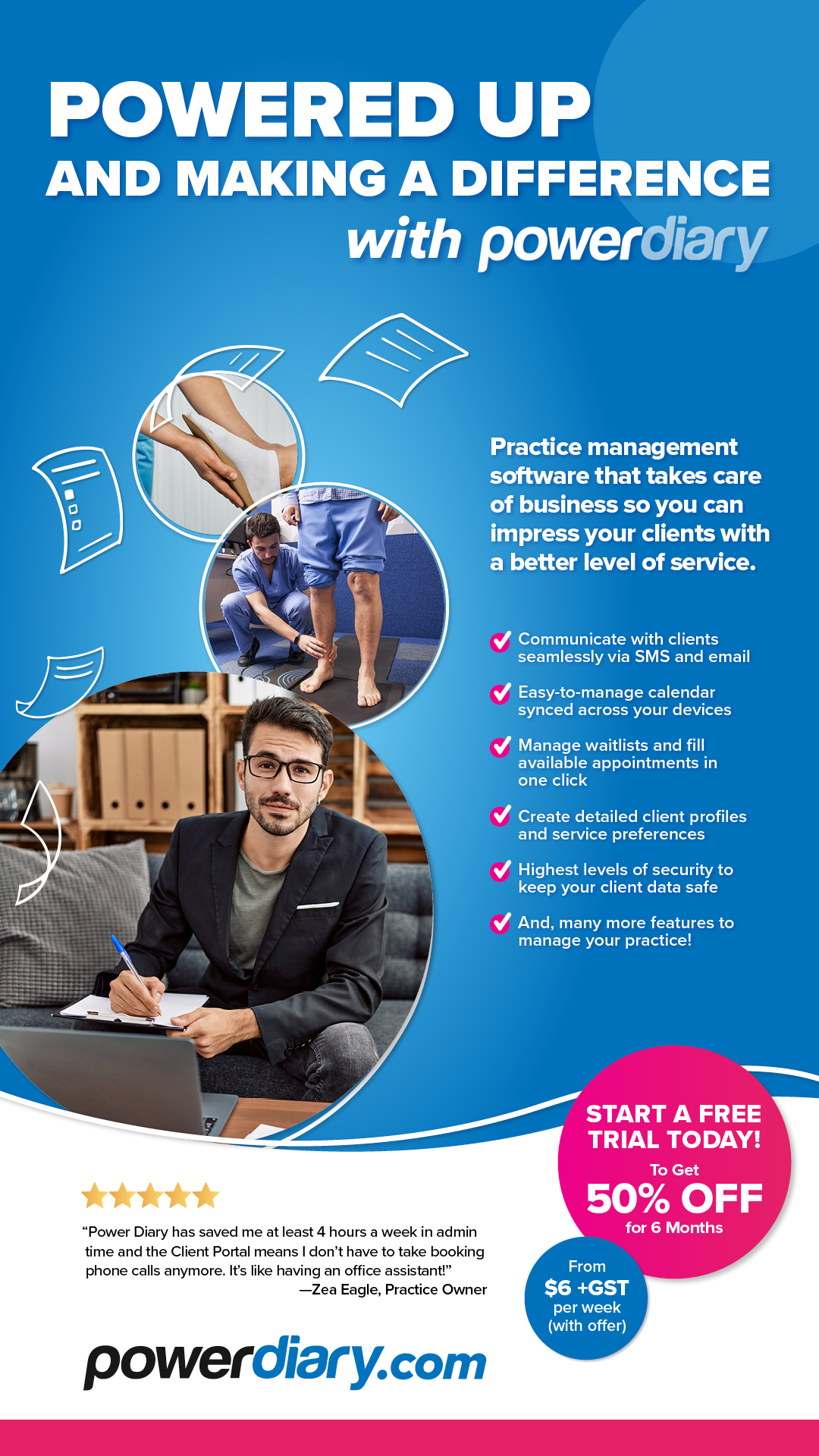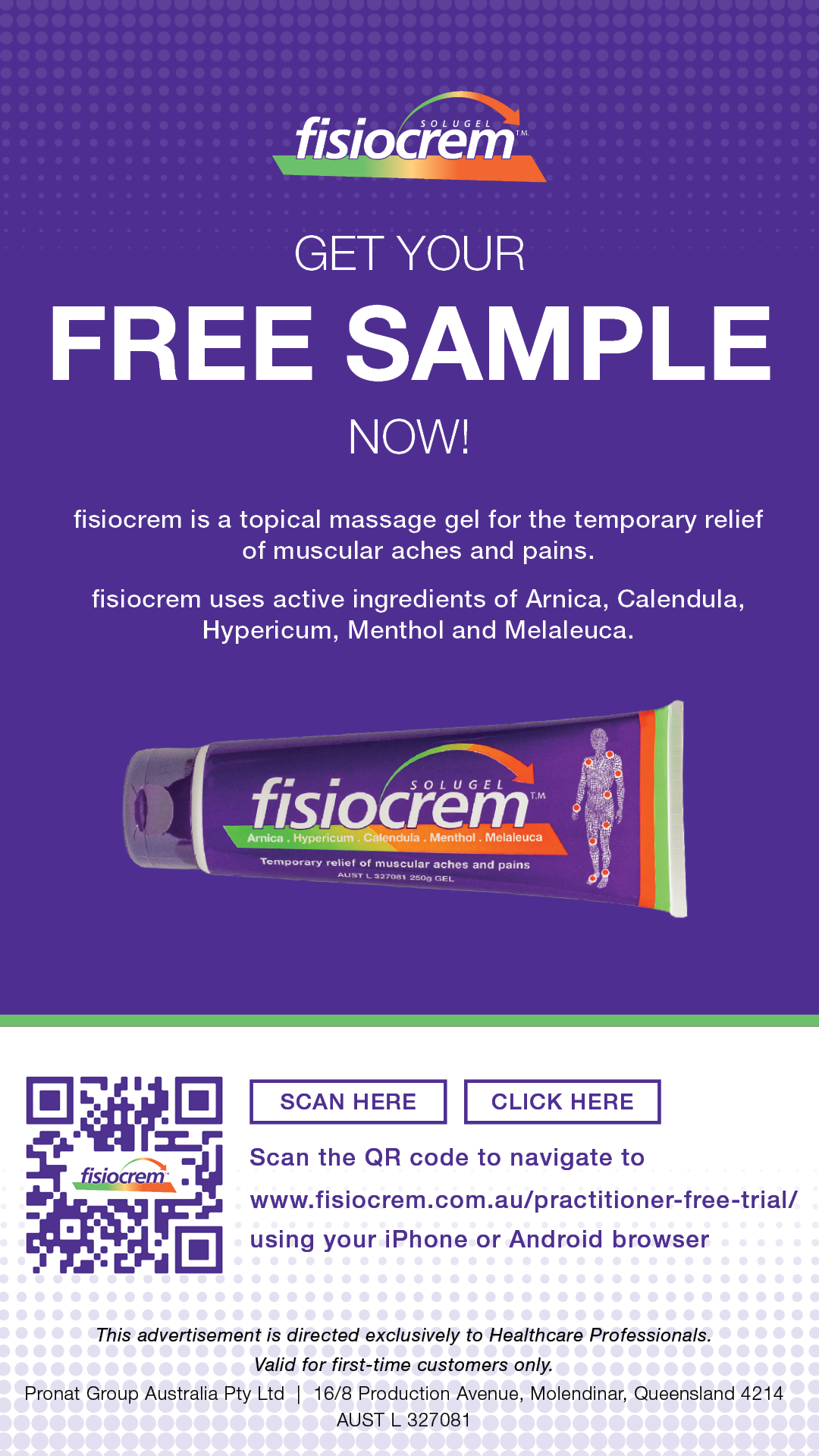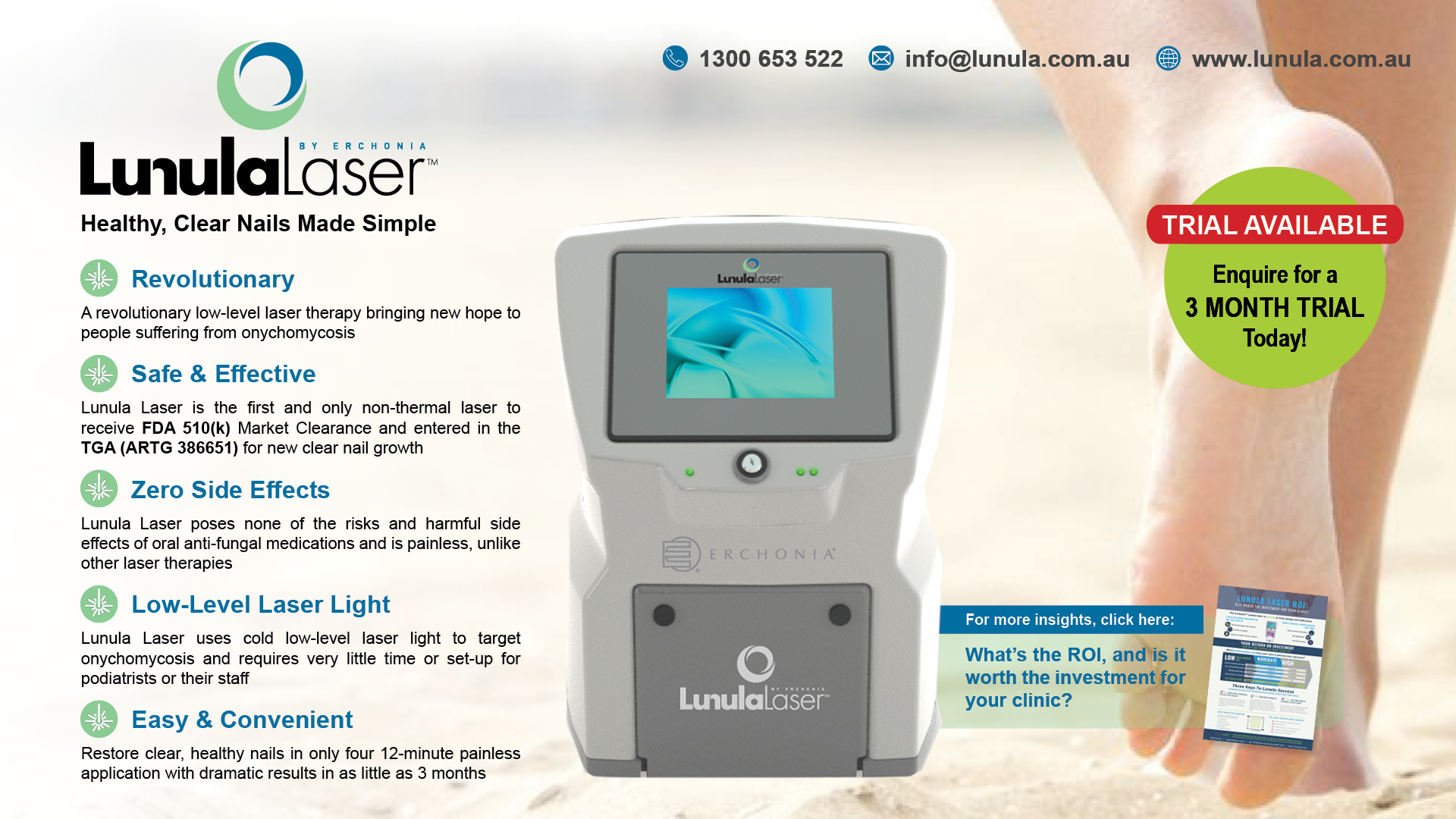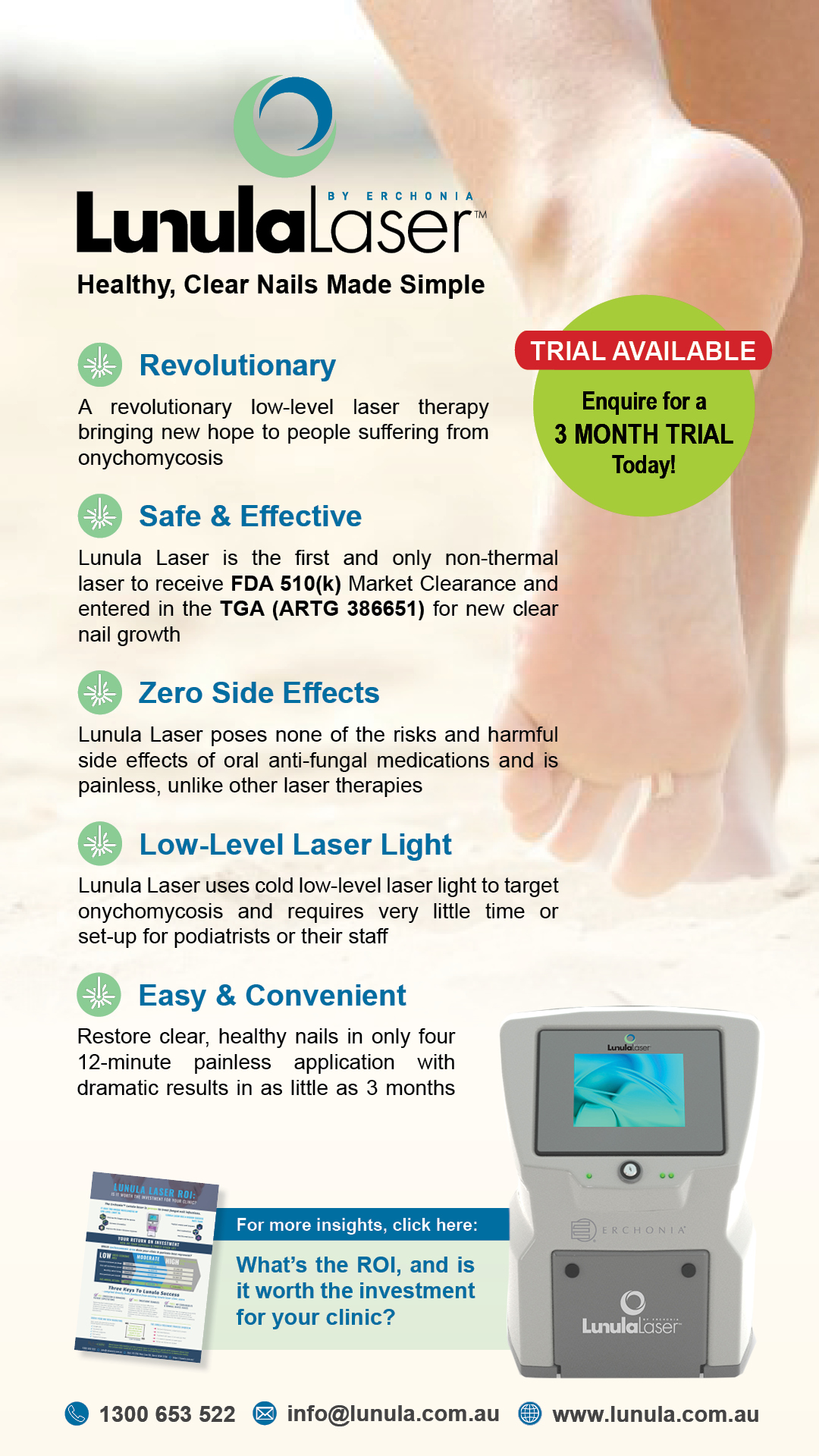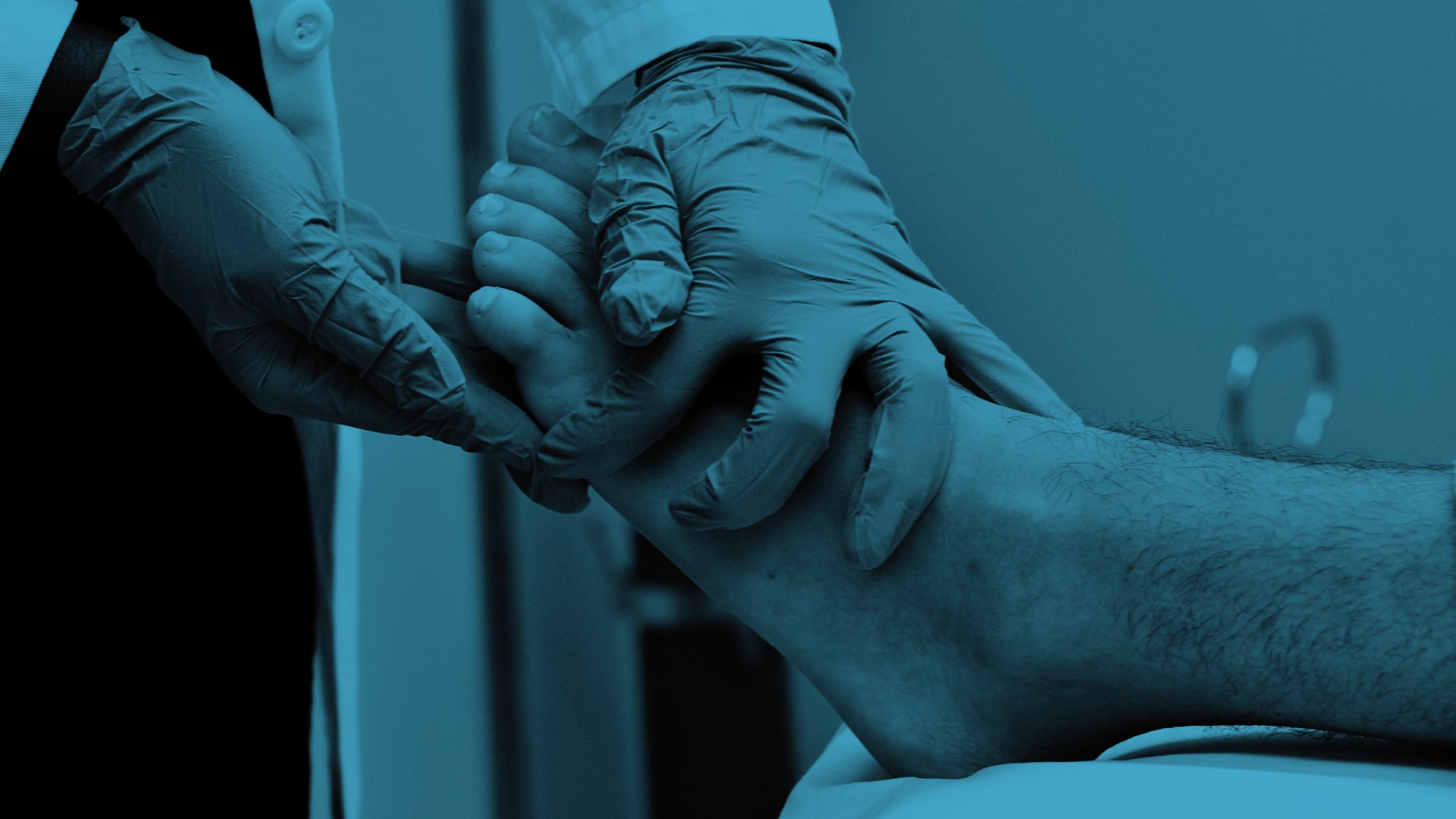
Why the Diabetes and feet toolkit matters to you
Have you heard about the Diabetes and feet toolkit, which is now available to health professionals using the 2021 Australian evidence-based guidelines for diabetes-related foot disease? Here’s some more information on it and why it should become a valuable resource for podiatrists.
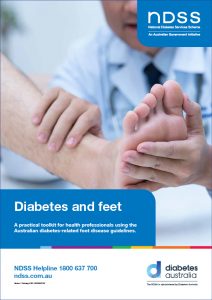
Who is this aimed at?
The new guidelines and this toolkit are designed for health professionals and disciplines caring for people with diabetes-related foot disease in secondary and tertiary health care settings in Australia.
How did this come about?
The Diabetes and feet toolkit was funded by the National Diabetes Services Scheme (NDSS), an initiative of the Australian Government and administered by Diabetes Australia, in partnership with Diabetes Feet Australia and the Australian Diabetes Society.
What does it cover?
The toolkit should assist health professionals to decide on the recommended evidence-based assessment, diagnosis, management and follow-up care needed for people living with diabetes-related foot disease and covers the following six guidelines:
- Prevention
- Wound classification
- Peripheral artery disease
- Infection
- Offloading and;
- Wound healing interventions.
And includes:
- An overview of each guideline
- Recommendations for each guideline
- Implementation and monitoring considerations
- Considerations for the Australian context and;
- Practical pathways for each guideline to help optimise the implementation of the recommendations.
Where can I access additional clinical information?
When using the Diabetes and feet toolkit, if more detailed information on a clinical question or a recommendation is required, we suggest you then refer to the full 2021 Australian evidence-based guidelines for diabetes-related foot disease. You can do this by quickly browsing the contents of each guideline, identifying the question you are most interested in and then read the recommendations made, the reasons why those recommendations were made and considerations on how to implement the recommendation in practice.
Next month: Look out for our feature on the story behind this toolkit’s creation and goals.

Heads up on the Infection Control Guidelines podcast
Following the release of the Infection Control Guidelines, available only to members, a follow-up podcast helped to outline the key issues and what to be aware of.
As you know, the APodA updated its Infection Prevention & Control Guidelines and associated policies to help members get to grips with the latest insights in this complex space.
Not only do these Guidelines champion best practice, but they can be a useful negotiation tool if you believe the infection control environment you work in could be improved.
With our APodA President Ainslie Davies and our Infection Control Consultant Brenda Tonkin both in the interview chairs, our accompanying podcast discussed the reasons behind the creation of these resources, and what further future amendments are likely to be required.

Have a listen here.

Workforce matters laid bare
As podiatrists are all too aware, workforce shortages are being experienced across Australia. While a range of studies reveal the economic and geopolitical factors that shape cross-industry shortages, over the coming months we will explore the why and how of podiatry-related workforce shortages.

This problem is by no means specific to podiatry, yet a strong sense of belief and commitment has led the Australasian Council of Podiatry Deans (ACPD) to spearhead a workforce agenda to deliver a range of practical initiatives over the coming months and years, supported by the Australian Podiatry Association.
This series will take a local, national and global look at this challenging issue. We will look beyond podiatry, into the factors that drive workforce shortages across multiple professions and industries. There will be a like-minded focus on workforce retention and career development, given it is one issue to attract potential students, yet another entirely to retain podiatrists over the course of their careers.
We look forward to exploring such topics with you through this workforce series. If you have any suggestions to contribute in the meantime, or you would like to write an article on this topic, please contact our editor at siobhan.doran@podiatry.org.au
Part 1: The perfect storm for patient-centred care

What does the current literature tell us about footwear comfort?
Systematic reviews are a vital source of information that appraises the literature and brings together the most recent evidence related to a particular subject. The Journal of Foot and Ankle Research (JFAR) has recently published three high quality review articles, which we are sharing as part of a three-part series each month.
Below is the final review summary in this three-part series. We recommend reading the entire article (which can be accessed for free here) to get a deeper understanding of the literature.
Footwear plays an essential role in protecting the foot from trauma and facilitating efficient and pain-free movement. An important consideration when selecting footwear is the degree of comfort. This includes factors like ease, support and contentment. Comfort is defined as the absence of pain and unpleasant sensation and the presence of highly subjective positive feelings.
The objective of this review by Professor Hylton Menz and Dr Daniel Bonanno was to synthesise the literature related to footwear comfort; including definitions, measurement scales, footwear design features, and physiological and psychological factors.
A systematic search of the literature from relevant databases and the journal Footwear Science was conducted, identifying 101 relevant studies. Most studies were laboratory-based, repeated measures designs where comfort was measured under different footwear and/or insole conditions. The overall design of studies was fragmented, making it difficult to draw clinically relevant conclusions from the literature.
Among the included studies none specifically defined comfort, and a wide range of assessment scales were used. However, the findings do indicate that simple visual analog scales may provide a reliable (albeit unidimensional) assessment of comfort.
Despite the wide range of occupational and sporting groups assessed, there are some generic design principles that constitute comfortable shoes. These include appropriate fitting, the use of softer and more compliant materials, lower heel height among individuals that do not habitually wear high heeled shoes, lightweight shoes rather than heavier shoes, and a curved rocker-sole is considered more comfortable than a flat sole for a range of population groups.
Less consistent findings were observed for the influence of sole-flexibility, in-shoe temperature and insoles on comfort, most likely because these observations are specific to the population, setting and task.
To read the article in full, head here.
What my Aboriginal health cadetship taught me

Have you checked your credit score lately?
The days of credit reporting being influenced only by negative events such as missed payments have long gone, and these changes can affect your private practice or service as a contractor. Here’s what you need to understand about Comprehensive Credit Reporting to make sure your credit score is as strong as possible.
The concept of Comprehensive Credit Reporting (CCR) has been around for a few years but like any significant change, it can take time to be fully understood.
Comprehensive credit reporting simply means that positive information can now be used alongside negative information to better understand a person or business’ credit report. Say you want to apply for finance for your podiatry practice or as a sole trader; lenders now not only look for negative data (such as a low credit score incurred by missed payments or bad debt) but they also look for positive data (such as faster payments, the dates you opened and closed credit accounts and so forth).
So, how does this work in practice?
Know your score
Given your credit score helps to determine:
- Whether or not you will be approved for credit
- If you are approved, what rates and conditions you will be subject to.
Logic follows that you may want to know what your credit score is in advance of applying for any credit to fund your business activities. You can do this by contacting a credit bureau to access your credit report. This is what lenders will refer to when you next ask them for credit, so it pays to have access to this document before they do.
Create an opportunity

The new way of reporting, being CCR, can work in your favour as you can ensure positive credit events appear on your credit report. It also arms you with knowledge on how to increase these positive events between now and when you apply for finance. Making repayments on time, limiting applications for unsecured credit, using reputable lenders and so forth – it all adds up to a positive credit report.
A positive credit report is one in which your credit score is as low as possible. The higher the score, the more risk you present to lenders. Positive credit-related activities can go a long way to reduce this score in your favour.
To access your free credit report, contact a range of credit reporting bureaus such as Equifax’s free credit report service here.
Best practice guide for conducting workplace investigations

Beyond Blue’s business offering
There’s no denying that the past few years have been hard on businesses and the individuals involved. While a stack of support-related information exists for members on our website – such as links here and here – don’t also forget our Employee Assistance Program (EAP) offered by Converge International and available to APodA members. In addition to these support services, Beyond Blue’s NewAccess program is now running a cognitive behavioural therapy coaching service for business owners and sole traders up until December 2022. Here’s more information.

“For any small business owner feeling stressed or overwhelmed about everyday challenges.”
“Run across six free sessions, and using low-intensity Cognitive Behavioural Therapy you will be guided by a coach with a small business background, and specifically trained to provide a practical approach to problem solving.”
You can access this telehealth-based program if you:
- Are over 18
- Own a small business of less than 20 employees, or you are a sole trader
- Are not already seeing a psychologist or psychiatrist
- Are not already dealing with severe/complex mental health issues.
What you can expect during the program

What will happen?

More information

Have you seen the most asked member question lately?
Have you seen the most asked member question lately? Our monthly Member Benefits Bulletin has this covered! We encourage you to keep an eye out for it when it hits your email and in the meantime, head to this webpage for a breakdown of other questions commonly asked by members in months gone by. You never know what you will find!
Here is the most commonly asked member question in recent weeks. Don’t forget to check out our member-only web resource for more useful Q+As!
Question: If there are two or more RACFs co-located or are adjacent to each other, can a practitioner charge a flag-fall for each facility through MBS?
Answer:
Where two or more RACFs are co-located or are adjacent to each other, a practitioner is not eligible for extra compensation for visiting the second facility, this is consistent with the GP RACF attendance arrangements. For more information about billing flag-falls for RACF’s under MBS click here.
Below is an excerpt from this fact sheet
Commencing 10 December 2020 and available until 30 June 2022, temporary Medicare Benefits Schedule (MBS) items have been made available to improve access to multidisciplinary care for residents of residential aged care facilities (RACF) during the COVID-19 pandemic.
The new items apply to RACF residents referred for allied health services under the following treatment, management or care plans:
- Multidisciplinary Care Plans, OR
- GP Management Plans, OR
- Shared Care Plans, OR
- Team Care Plans; AND/OR
- Aboriginal and Torres Strait Islander Health Assessments.
Under the new items, allied health providers may claim a call-out or ‘flag-fall’ fee to cover their costs to travel to a RACF to provide a face-to-face service.
These temporary MBS items are applicable for non-admitted patients that reside in a RACF and cannot be claimed as part of hospital treatment.
What are the temporary changes?
As part of the Australian Government’s response to COVID-19, 69 new temporary MBS allied health attendances items have been introduced to support the provision of comprehensive care for residents within RACF. The new temporary allied health MBS items are:
Group M29, sub-group 1, Group M30, sub-group 1 and Group M31, sub-group 1
• Twenty nine (29) new initial/long attendance allied health items for residents of RACF.
Group M29, sub-group 3, Group M30, sub-group-3 and Group M31, sub-group 2
• Thirty three (33) new subsequent/standard allied health items for residents of RACF.
Group M29, sub-group 2, Group M30, sub-group 2 and Group M31, sub-group 3
• Seven (7) new additional physical therapies items for residents of RACF.
A separate flag-fall item (90004) has also been introduced. This can be claimed by allied health providers with the first attendance provided face-to-face at a RACF. A list of the new items is provided later in this fact sheet.
Have a burning question? Email us at info@podiatry.org.au

